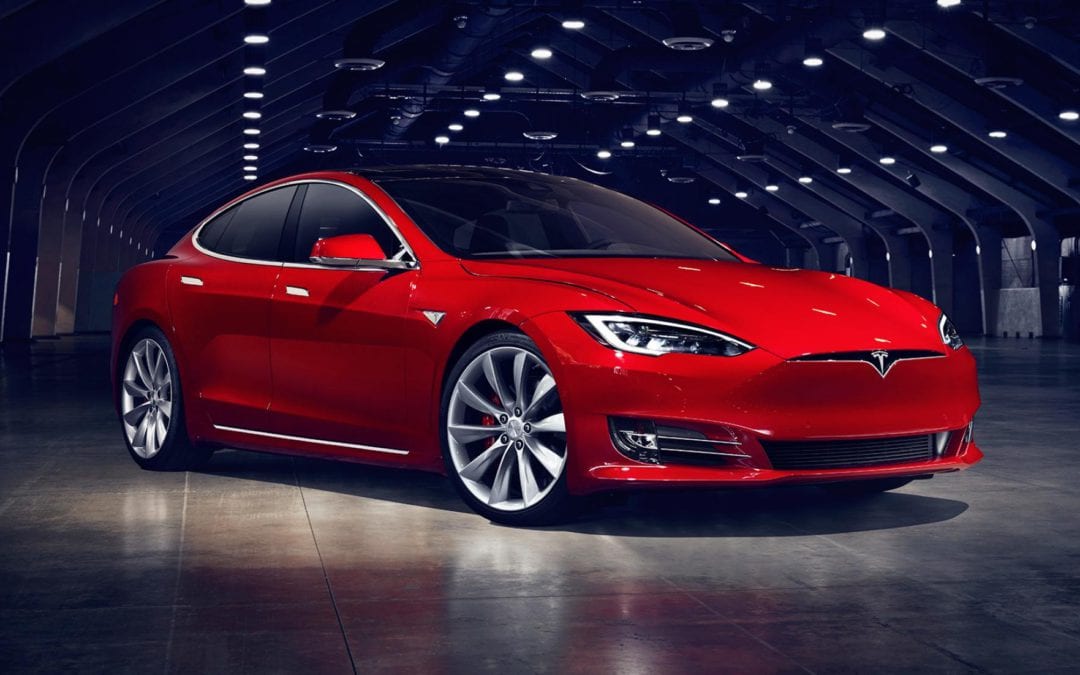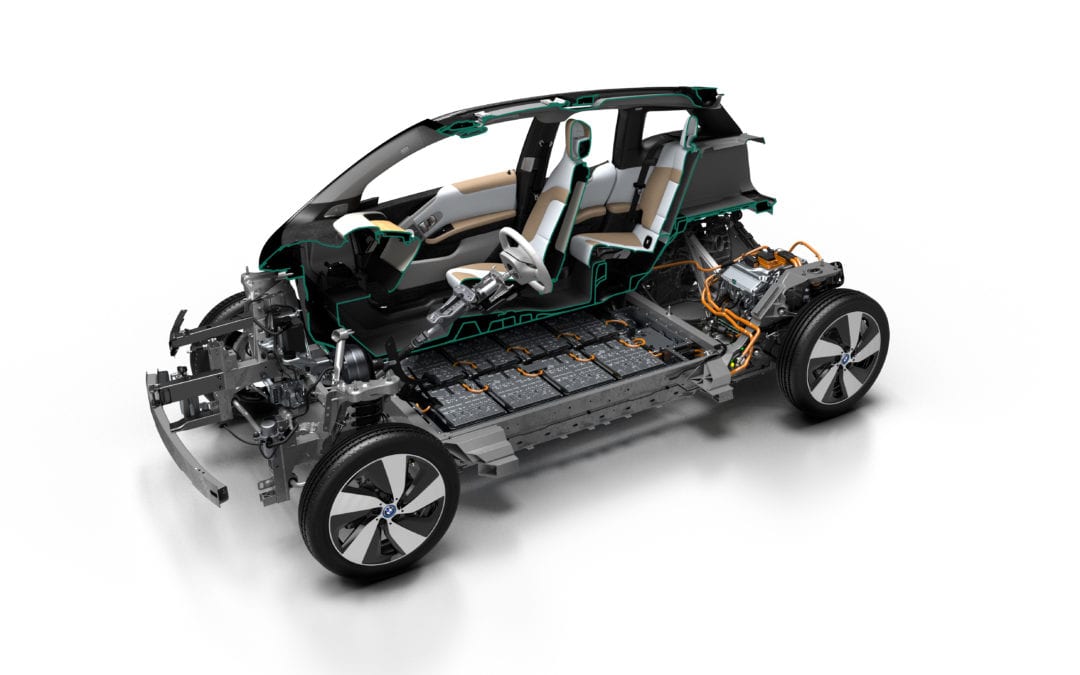
After the launch of the Tesla S P100D be prepared for the YouTube races
The Tesla S P100D battery upgrade
The biggest electric vehicle-related news of the past week was the much-anticipated launch of the Tesla 100kWh battery pack. The battery upgrade allows for increased range and speed, making the Model S P100D with Ludicrous mode the fastest production car on the road. The Model S upgrade has a range of 315mi, which is about 20 miles further than a Model S 90D, and in the Model X SUV, you will be able to travel 289mi. But range, in my opinion, is becoming less of an issue as charging infrastructure is built out, and more people realize that range anxiety is mostly an old wolves tale perpetuated by petrol heads. What is more important though is how quickly you can refill the batteries to continue on your journey? Tesla is certainly also the leader in the charging wars at the moment. Other vehicle manufacturers trying to catch up with Tesla, such as VW identified 15-minute charge for 300 miles as a key deliverable, but according to the company’s CEO, Matthias Müller the target date for this challenging task which would require 800 V charging technology, is only in 2025.
When it comes to comparing cars, however, the only matrix that matters in the eye of the general public is acceleration. Measuring acceleration from 0 – 60mph over a quarter mile is also the most common matrix used to compare electric vehicles with gas guzzlers, which gave rise to a whole cottage industry of YouTube marketers posting videos of a Tesla against one or other supercar, such as the Lamborghini Aventador.
With the new Tesla S P100D in Ludicrous mode, the vehicle is said to accelerate from 0 – 60mph in just 2.5 seconds. It begs the question if it’s even morally legal for a family sedan to be able to drive at that kind of speeds. To put the figure of 2.5 seconds in context, the Audi R8 e-tron‘s electric top speed is only 3.9 seconds and in combustion mode, for lack of better word, it is only 3.2 seconds and the BMW i8 in 4.4 seconds. The Tesla S P100D even beats its own kind on paper, the Rimac Concept One, billed the fastest electric car accelerates from 0 – 62mph in 2.6 seconds.
So, be prepared for a whole lot of Youtube videos showing the Tesla Models S, seating five adults, two children, and luggage and costing around $147,000 beating anything from a Ferrari to a Porsche Spyder costing close to $1M. The YouTube video I would most like to see is the Tesla against Atieva’s converted Mercedes van, Edna.

Wynand Goosen
Contributor

